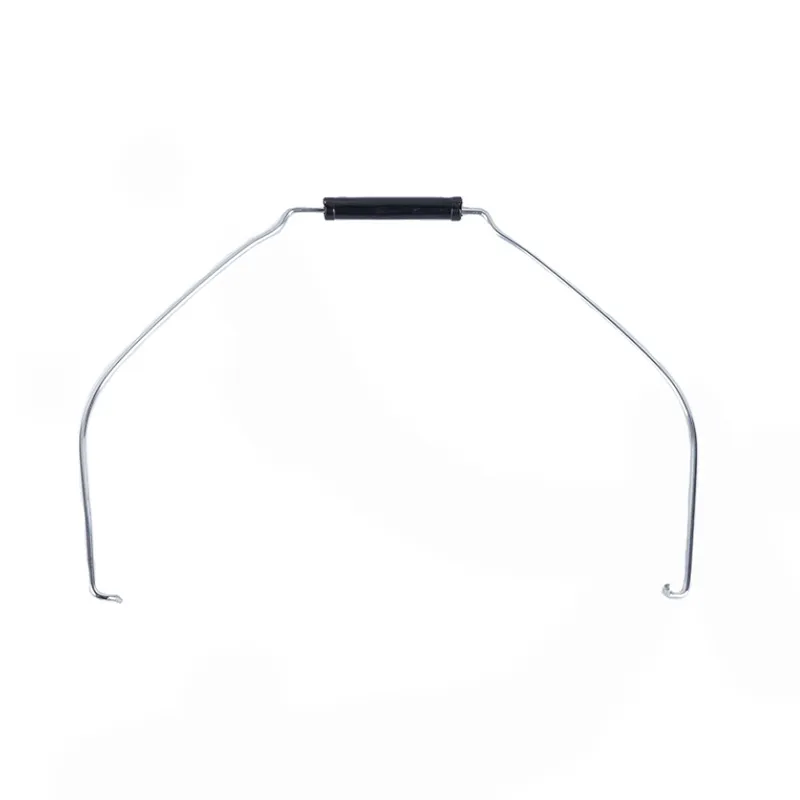-
 Phone:
Phone: -
 Email:
Email:

types of barbed wire
Understanding the Different Types of Barbed Wire
Barbed wire is a type of fencing material that has been widely used since the late 19th century. It was invented as a solution to mark boundaries, protect property, and control livestock. This innovative fencing product consists of a strand of wire with sharp edges or points at intervals along the wire. The primary function of barbed wire is to deter intrusion and provide security. There are several types of barbed wire available on the market today, each designed for specific purposes and conditions.
1. Standard Barbed Wire
Standard barbed wire is the most common type and is characterized by its basic design two twisted wires with evenly spaced barbs attached, usually made of galvanized steel to prevent rust. This type of wire is often used on farms and ranches for livestock containment. It provides a reliable barrier against animals and can be installed quickly along fences.
2. Heavy-Duty Barbed Wire
As the name suggests, heavy-duty barbed wire is thicker and stronger than standard barbed wire. It is designed for enhanced security and is commonly used in high-risk areas such as military bases, prisons, and industrial sites. The sturdiness of this type of wire makes it more difficult to cut, providing an effective deterrent against trespassers.
3
. Barbed Wire for Security FencingSecurity barbed wire is specifically designed to protect high-security areas. It often features sharp, pointed barbs that can cause injury if someone attempts to climb over or cut through the fence. This type of barbed wire usually comes in rolls with smaller spacing between the barbs to increase its effectiveness. Security barbed wire is often used in conjunction with other security measures, such as surveillance cameras and alarm systems.
types of barbed wire

4. Electric Barbed Wire
Electric barbed wire combines the deterrent effect of traditional barbed wire with the added threat of electrical shock. This type of fencing includes electric components that deliver a mild shock when someone touches it, further discouraging unauthorized access. Electric barbed wire is commonly used in agricultural settings to contain livestock and protect crops from wildlife, as well as in security applications for high-perimeter installations.
5. Razor Wire
Razor wire, also known as concertina wire, is a more aggressive form of barbed wire that consists of sharp blades arranged in a spiral. It is typically employed in military and correctional facilities due to its formidable deterrent capability. Razor wire is difficult to climb over or cut through and is made from stainless steel or galvanized steel to withstand harsh environmental conditions.
6. Coated Barbed Wire
Coated barbed wire features a plastic or vinyl coating that adds durability and weather resistance. This type of barbed wire is often chosen for its aesthetic appeal, as it can blend seamlessly with landscape designs while still providing security. Coated barbed wire is commonly used in residential settings and on properties where aesthetics are a concern while still needing a functional barrier.
Conclusion
Barbed wire remains a popular choice for fencing due to its versatility and effectiveness. From traditional uses in farming to modern applications in security, there are various types of barbed wire to suit specific needs. Understanding the different types of barbed wire can help individuals and businesses make informed decisions when selecting a fencing solution. Whether for agricultural purposes, security, or property demarcation, the right type of barbed wire can provide the protection necessary to safeguard assets and ensure safety.
-
Wire Mesh for Every Need: A Practical SolutionNewsJul.25,2025
-
Steel Fences: Durable, Secure, and Stylish OptionsNewsJul.25,2025
-
Roll Top Fencing: A Smart Solution for Safety and SecurityNewsJul.25,2025
-
Cattle Farm Fencing Solutions for Maximum SecurityNewsJul.25,2025
-
Affordable Iron Binding Wire SolutionsNewsJul.25,2025
-
Affordable Galvanized Wire SolutionsNewsJul.25,2025
-
Wire Hanger Recycling IdeasNewsJul.25,2025








